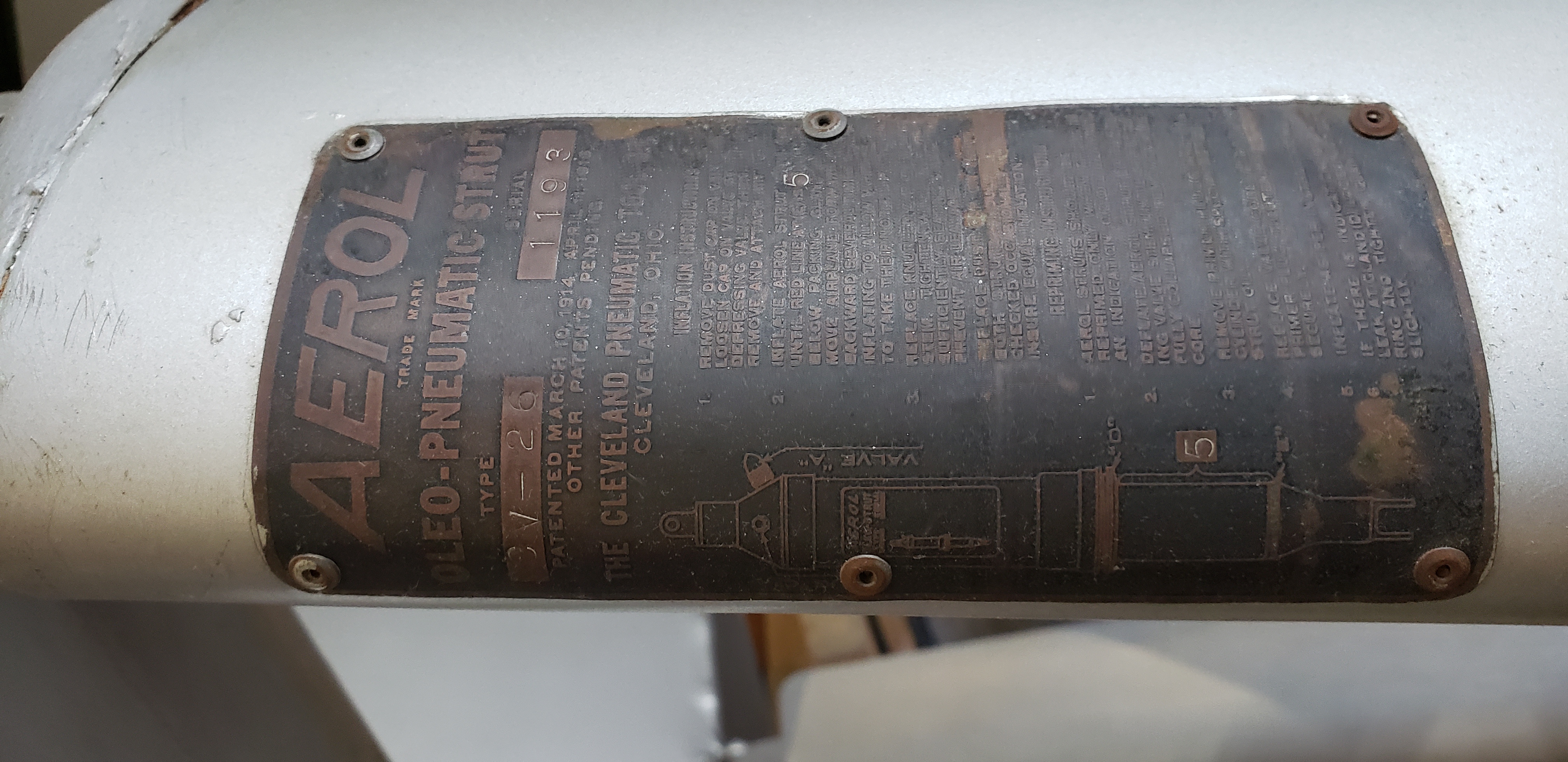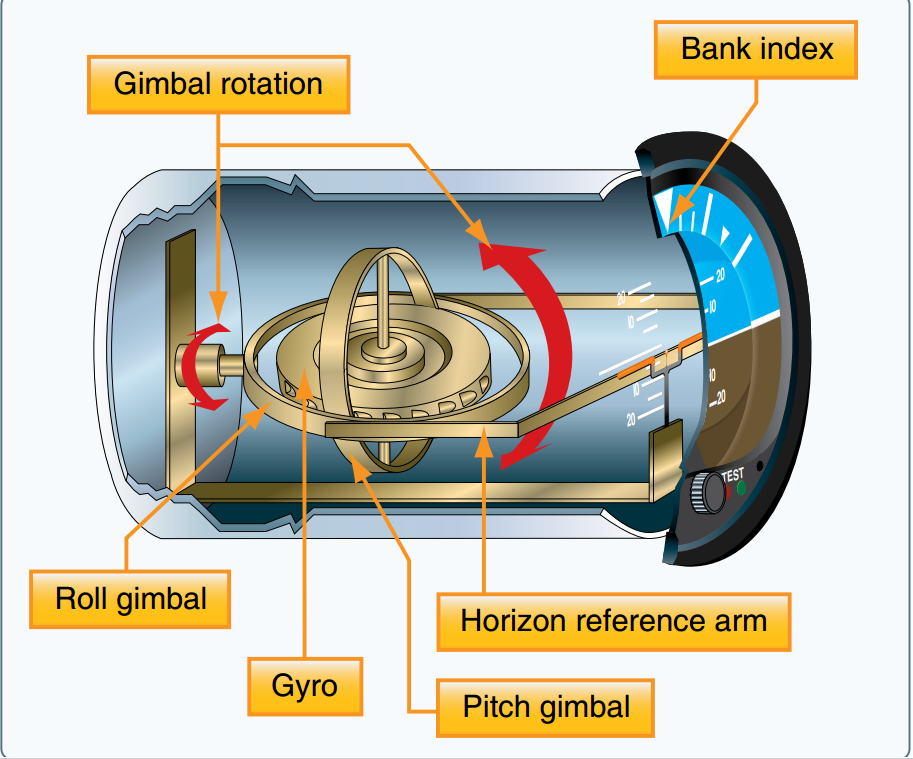|
Vought V-100
The Vought V-100 Corsair Junior was an attempt to produce a cheaper, multi-purpose, export version of the Vought O2U/O3U observation aircraft it had produced for the United States Navy. It was intended for sale to South American nations. First flown between late 1934 and early 1935, it did not sell and only the prototype was built. Design and development From 1929 Vought had sold the Vought O2U Corsair observation aircraft to the U.S. Navy, followed by the similar O3U Corsair, and had also achieved some export sales. Countries with smaller resources found these both specialized and expensive and Vought hoped that a smaller, lighter, more versatile and cheaper version might be successful. The Corsair Junior was the result. Like the earlier Corsairs, the Junior was a two seat biplane powered by a radial engine, a , nine-cylinder Pratt & Whitney Wasp Junior less powerful than engines of other Corsairs. It was a single bay biplane with N-form interplane struts; the lower wings ... [...More Info...] [...Related Items...] OR: [Wikipedia] [Google] [Baidu] |
WikiProject Aircraft
A WikiProject, or Wikiproject, is an affinity group for contributors with shared goals within the Wikimedia movement. WikiProjects are prevalent within the largest wiki, Wikipedia, and exist to varying degrees within Wikimedia project, sibling projects such as Wiktionary, Wikiquote, Wikidata, and Wikisource. They also exist in different languages, and translation of articles is a form of their collaboration. During the COVID-19 pandemic, CBS News noted the role of Wikipedia's WikiProject Medicine in maintaining the accuracy of articles related to the disease. Another WikiProject that has drawn attention is WikiProject Women Scientists, which was profiled by ''Smithsonian Magazine, Smithsonian'' for its efforts to improve coverage of women scientists which the profile noted had "helped increase the number of female scientists on Wikipedia from around 1,600 to over 5,000". On Wikipedia Some Wikipedia WikiProjects are substantial enough to engage in cooperative activities with outsi ... [...More Info...] [...Related Items...] OR: [Wikipedia] [Google] [Baidu] |
Trailing Edge
The trailing edge of an aerodynamic surface such as a wing is its rear edge, where the airflow separated by the leading edge meets.Crane, Dale: ''Dictionary of Aeronautical Terms, third edition'', page 521. Aviation Supplies & Academics, 1997. Essential flight control surfaces are attached here to control the direction of the departing air flow, and exert a controlling force on the aircraft. Such control surfaces include ailerons on the wings for roll control, elevator (aircraft), elevators on the tailplane controlling Aircraft principal axes, pitch, and the rudder on the fin controlling Aircraft principal axes, yaw. Elevators and ailerons may be combined as elevons on tailless aircraft. The shape of the trailing edge is of prime importance in the aerodynamic function of any aerodynamic surface. A sharp trailing edge is always employed in an airfoil. George Batchelor has written about: :“ ... the remarkable controlling influence exerted by the sharp trailing edge of an aerof ... [...More Info...] [...Related Items...] OR: [Wikipedia] [Google] [Baidu] |
Hamilton Standard
Hamilton Standard was an American aircraft propeller (aircraft), propeller parts supplier. It was formed in 1929 when United Aircraft and Transport Corporation consolidated Hamilton Aero Manufacturing and Standard Steel Propeller into the Hamilton Standard Propeller Corporation. Other members of United Aircraft included Boeing, United Airlines, Sikorsky Aircraft, Sikorsky and Pratt & Whitney. At the time, Hamilton was the largest manufacturer of aircraft propellers in the world. History Standard Steel Propeller had been formed in 1918 in Pittsburgh, Pennsylvania, and Hamilton Aero Manufacturing had been formed in 1920 in Milwaukee, Wisconsin, by Thomas F. Hamilton. Charles Lindbergh's ''Spirit of St. Louis'' used a propeller made by Standard Steel Propeller Company in his historic solo crossing of the Atlantic Ocean. The two companies were merged in 1929 by the United Aircraft and Transport Corporation. In the early 1930s, Frank Walker Caldwell, Frank W. Caldwell of Hamil ... [...More Info...] [...Related Items...] OR: [Wikipedia] [Google] [Baidu] |
Europe
Europe is a continent located entirely in the Northern Hemisphere and mostly in the Eastern Hemisphere. It is bordered by the Arctic Ocean to the north, the Atlantic Ocean to the west, the Mediterranean Sea to the south, and Asia to the east. Europe shares the landmass of Eurasia with Asia, and of Afro-Eurasia with both Africa and Asia. Europe is commonly considered to be Boundaries between the continents#Asia and Europe, separated from Asia by the Drainage divide, watershed of the Ural Mountains, the Ural (river), Ural River, the Caspian Sea, the Greater Caucasus, the Black Sea, and the waterway of the Bosporus, Bosporus Strait. "Europe" (pp. 68–69); "Asia" (pp. 90–91): "A commonly accepted division between Asia and Europe ... is formed by the Ural Mountains, Ural River, Caspian Sea, Caucasus Mountains, and the Black Sea with its outlets, the Bosporus and Dardanelles." Europe covers approx. , or 2% of Earth#Surface, Earth's surface (6.8% of Earth's land area), making it ... [...More Info...] [...Related Items...] OR: [Wikipedia] [Google] [Baidu] |
South America
South America is a continent entirely in the Western Hemisphere and mostly in the Southern Hemisphere, with a considerably smaller portion in the Northern Hemisphere. It can also be described as the southern Subregion#Americas, subregion of the Americas. South America is bordered on the west by the Pacific Ocean, on the north and east by the Atlantic Ocean, and to the south by the Drake Passage; North America and the Caribbean Sea lie to the northwest. The continent includes twelve sovereign states: Argentina, Bolivia, Brazil, Chile, Colombia, Ecuador, Guyana, Paraguay, Peru, Suriname, Uruguay, and Venezuela; two dependent territory, dependent territories: the Falkland Islands and South Georgia and the South Sandwich Islands; and one administrative division, internal territory: French Guiana. The Dutch Caribbean ABC islands (Leeward Antilles), ABC islands (Aruba, Bonaire, and Curaçao) and Trinidad and Tobago are geologically located on the South-American continental shel ... [...More Info...] [...Related Items...] OR: [Wikipedia] [Google] [Baidu] |
Oleo Strut
An oleo strut is a pneumatic air–oil hydraulic shock absorber used on the landing gear of most large aircraft and many smaller ones. This design cushions the impacts of landing and damps out vertical oscillations. It is undesirable for an airplane to bounce on landing as it could lead to a loss of control, and the landing gear should not add to this tendency. A steel coil spring stores impact energy from landing and then releases it, while an oleo strut instead absorbs this energy, reducing bounce. As the strut compresses, the spring rate increases dramatically because the air is being compressed. The viscosity of the oil damps the rebound movement. History The original design for the oleo-pneumatic shock-absorbing strut was patented by British manufacturing conglomerate Vickers Armstrong during 1915. It had been derived from the recuperative gear design of the Vickers gun, controlling recoil by forcing oil through precisely sized orifices. Vickers' oleo strut was first applie ... [...More Info...] [...Related Items...] OR: [Wikipedia] [Google] [Baidu] |
Floatplane
A floatplane is a type of seaplane with one or more slender floats mounted under the fuselage to provide buoyancy. By contrast, a flying boat uses its fuselage for buoyancy. Either type of seaplane may also have landing gear suitable for land, making the vehicle an amphibious aircraft. British usage is to call floatplanes "seaplanes" rather than use the term "seaplane" to refer to both floatplanes and flying boats. Use Since World War II and the advent of helicopters, advanced aircraft carriers and land-based aircraft, military seaplanes have stopped being used. This, coupled with the increased availability of civilian airstrips, has greatly reduced the number of flying boats being built. However, many modern civilian aircraft have floatplane variants, most offered as third-party modifications under a supplemental type certificate (STC), although there are several aircraft manufacturers that build floatplanes from scratch. These floatplanes have found their niche as one type ... [...More Info...] [...Related Items...] OR: [Wikipedia] [Google] [Baidu] |
Colt MG 42
Colt(s) or COLT may refer to: *Colt (horse), an intact (uncastrated) male horse under four years of age People *Colt (given name) *Colt (surname) Places *Colt, Arkansas, United States * Colt, Louisiana, an unincorporated community, United States *Camp Colt, Pennsylvania, a World War I military installation for United States tank training * Colt Island, County Dublin, Ireland *Colt Stadium, Houston, Texas, United States Acronyms *Bergen Corpus of London Teenage Language, a spoken language corpus of English *Cell On Light Truck: similar to Cell on wheels, but built on to a small truck, instead of a trailer *Combat Observation Laser Teams, an artillery observer responsible for directing laser-guided munitions *Computational learning theory, the mathematical field of machine learning algorithms * County of Lackawanna Transit System, Pennsylvania, United States Arts, entertainment, and media * Colts Drum and Bugle Corps, a drum and bugle corps from Dubuque, Iowa * ''The Colt'' (fi ... [...More Info...] [...Related Items...] OR: [Wikipedia] [Google] [Baidu] |
Artificial Horizon
The attitude indicator (AI), also known as the gyro horizon or artificial horizon, is a flight instrument that informs the pilot of the aircraft Orientation (geometry), orientation relative to Earth's horizon, and gives an immediate indication of the smallest orientation change. The miniature aircraft and horizon bar mimic the relationship of the aircraft relative to the actual horizon. It is a primary instrument for flight in instrument meteorological conditions. Attitude is always presented to users in the unit Degree (angle), degrees (°). However, inner workings such as sensors, data and calculations may use a mix of degrees and radians, as scientists and engineers may prefer to work with radians. History Before the advent of aviation, artificial horizons were used in celestial navigation. Proposals of such devices based on gyroscopes, or spinning tops, date back to the 1740s, including the work of John Serson. Later implementations, also known as ''bubble horizons'', were b ... [...More Info...] [...Related Items...] OR: [Wikipedia] [Google] [Baidu] |
Gyrocompass
A gyrocompass is a type of non-magnetic compass which is based on a fast-spinning disc and the rotation of the Earth (or another planetary body if used elsewhere in the universe) to find geographical Direction (geometry), direction automatically. A gyrocompass makes use of one of the seven fundamental ways to determine the heading of a vehicle. A gyroscope is an essential component of a gyrocompass, but they are different devices; a gyrocompass is built to use the effect of gyroscopic precession, which is a distinctive aspect of the general gyroscopic effect. Gyrocompasses, such as the fibre optic gyrocompass are widely used to provide a heading for navigation on ships. This is because they have two significant advantages over magnetic compasses: * they find true north as determined by the axis of the Earth's rotation, which is different from, and navigationally more useful than, Magnetic North Pole#Magnetic north and magnetic declination, ''magnetic'' north, and * they have a ... [...More Info...] [...Related Items...] OR: [Wikipedia] [Google] [Baidu] |
Balanced Rudder
Balanced rudders are used by both ships and aircraft. Both may indicate a portion of the rudder surface ahead of the hinge, placed to lower the control loads needed to turn the rudder. For aircraft the method can also be applied to elevator (aircraft), elevators and ailerons; all three aircraft control surfaces may also be mass balanced, chiefly to avoid Aeroelastic flutter, aerodynamic flutter. Ships A balanced rudder is a rudder in which the axis of rotation of the rudder is behind its front edge. This means that when the rudder is turned, the pressure of water caused by the ship's movement through the water acts upon the forward part to exert a force which increases the angle of deflection, so counteracting the pressure acting on the after part, which acts to reduce the angle of deflection. A degree of semi-balance is normal to avoid rudder instability i.e. the area in front of the pivot is less than that behind. This allows the rudder to be moved with less effort than is ne ... [...More Info...] [...Related Items...] OR: [Wikipedia] [Google] [Baidu] |





